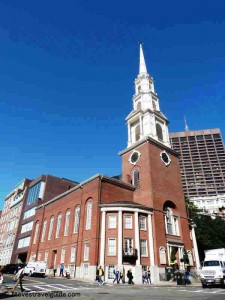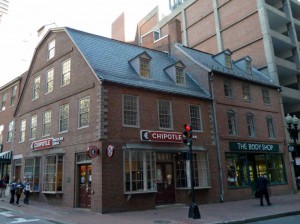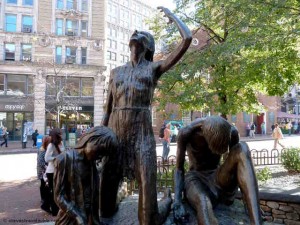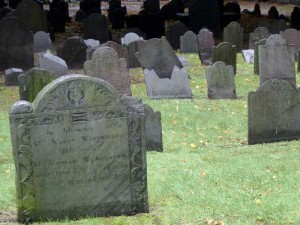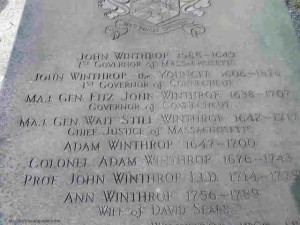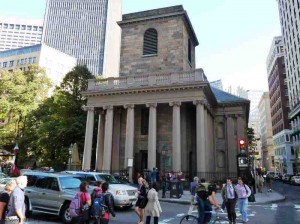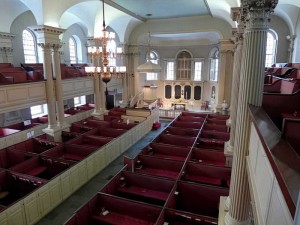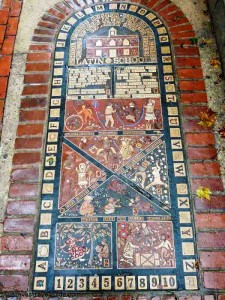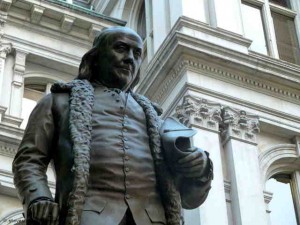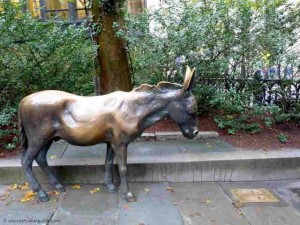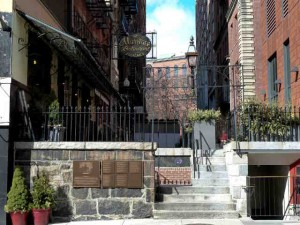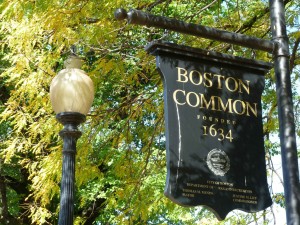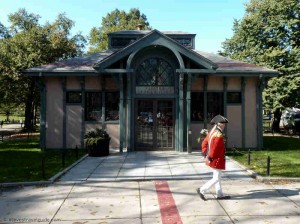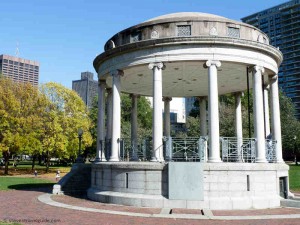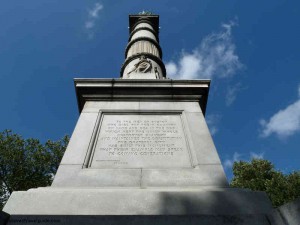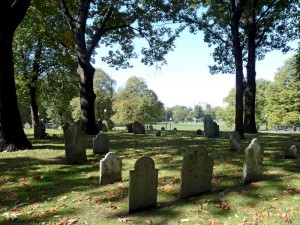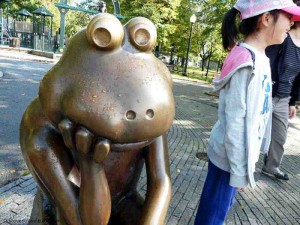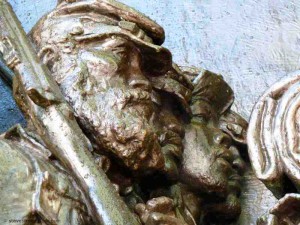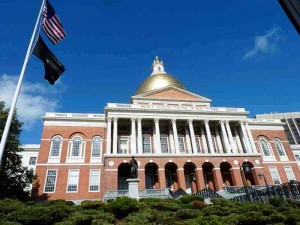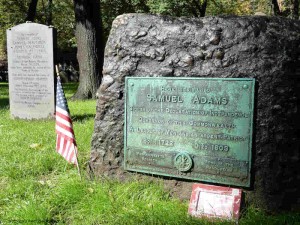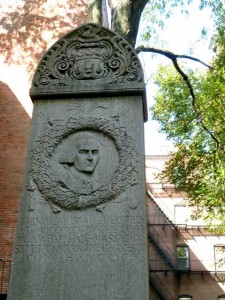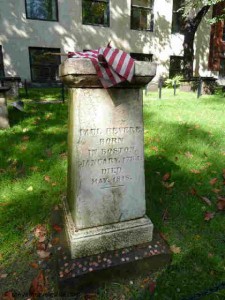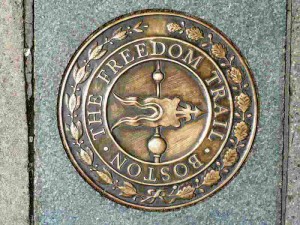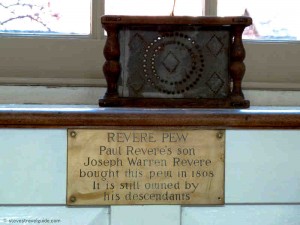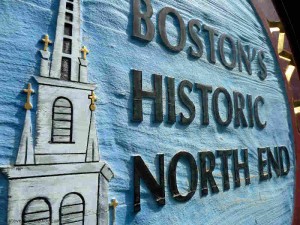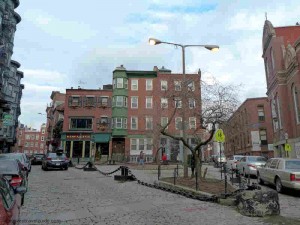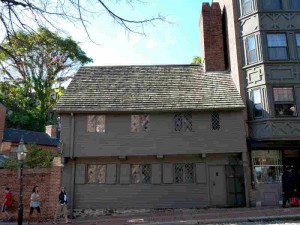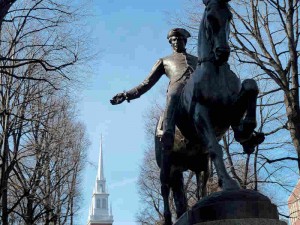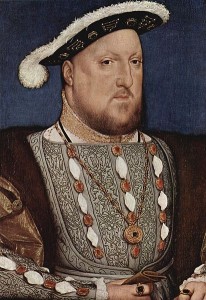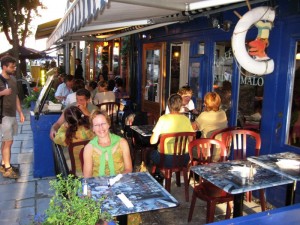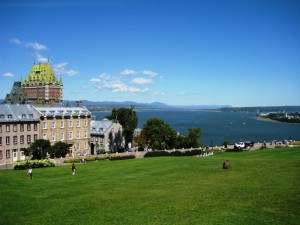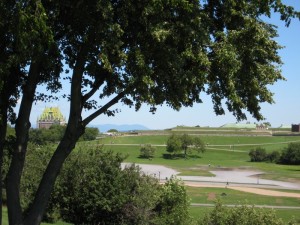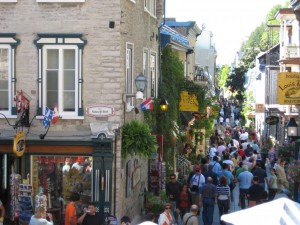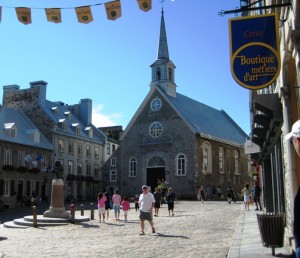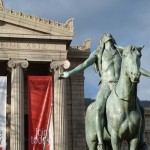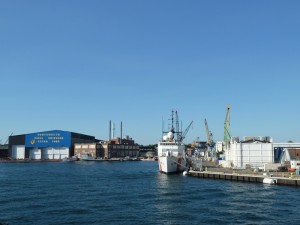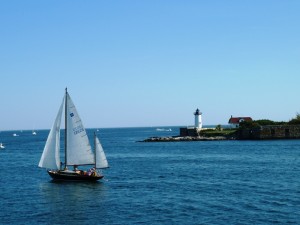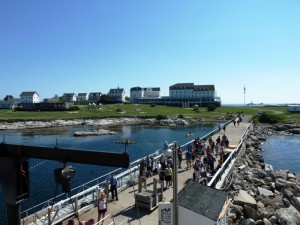Select your language to auto-translate:
Bastion of Human Rights and Social Justice
Founded in 1809, the Park Street Church was built on the site of original town granary.
Free
Tours planned to restart the summer of 2023, please check the
website for information:
https://www.parkstreet.org/about-us/freedom-trail/
617-523-3383
Handicap access is via elevator and requires the staff to be alerted.
Public Transportation: Red or Green lines to the Park Street Station
Background Information
The Park Street Church is among the most beautiful in Boston, with its 217 foot steeple visible from many parts of the city. Its congregation originally spun off from the Old South Meeting House (Stop 8).
Park Street Church was designed by Peter Banner in 1809, who was inspired by Christopher Wren’s London churches. It held its first service in early 1810. Henry James called it “the most interesting mass of bricks and mortar” in America.
It carries the nickname “Brimstone Corner,” which may refer either to the fiery nature of the sermons or to the fact that gunpowder was stored in its crypt during the War of 1812. Brimstone (sulfur) is a major component of gunpowder along with charcoal and saltpeter.
Over the years the Park Street Church has been a bastion of social and missionary work. It was the site of one of America’s first Sunday schools (1816), the first prison aid society (1824), and early temperance society meetings (1826). The first missionaries were sent from here to Hawaii (1819). The church was the site of William Lloyd Garrison’s first public anti-slavery address in 1829. The song “America” (My Country ’tis of Thee) was sung publicly from its steps for the first time in 1831.
